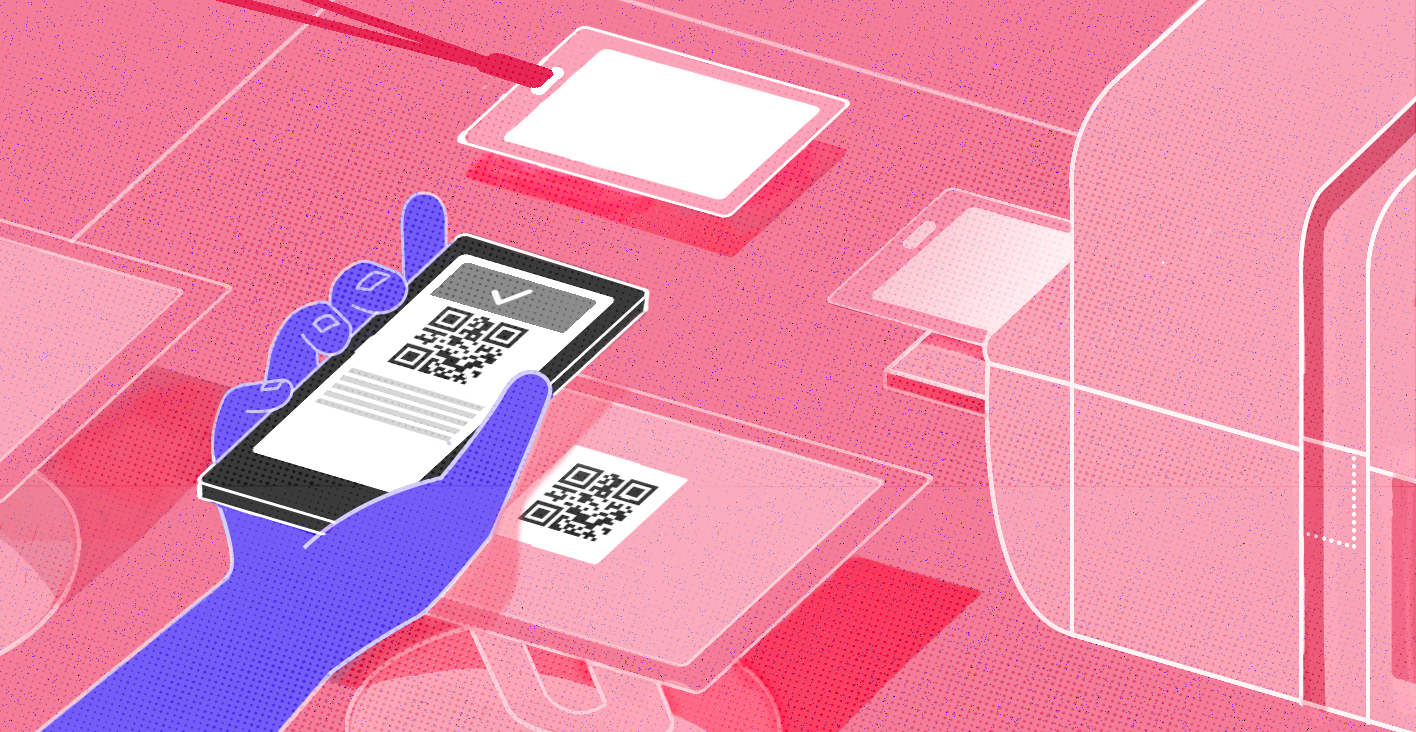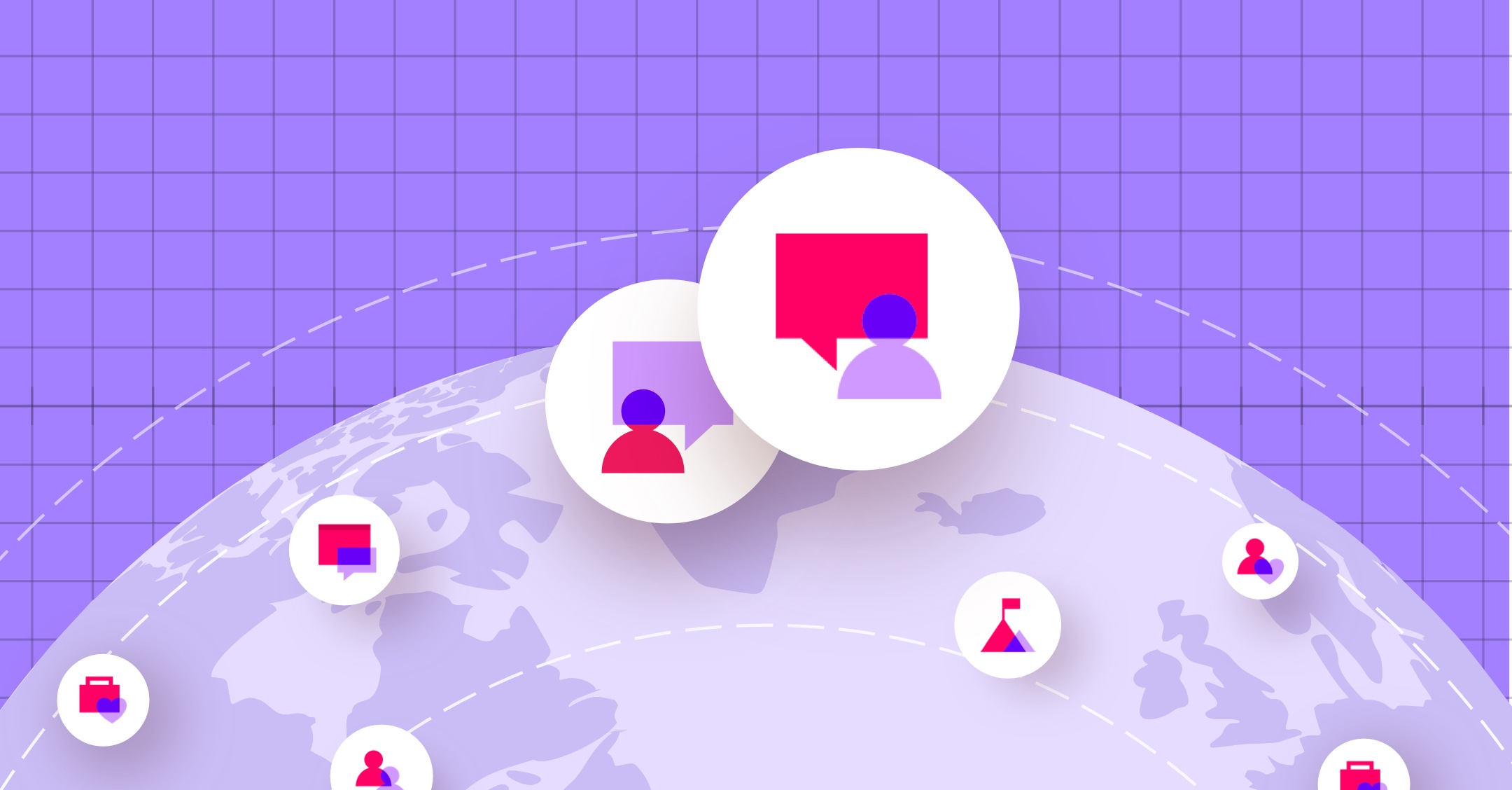An optimized attendee experience at your event is all about the details. From a speedy check-in experience to easy venue navigation between sessions to pleasant informal mealtime networking, your event attendees will remember much more than just their big-picture impressions of the keynotes and breakout sessions.
Even event swag — those famous branded items picked up at the event and stuffed into a suitcase for the trip home — can contribute to (or detract from) the overall experience. Some organizations might overlook event swag. Others might spend too much time and money on it, with little ROI.
What do attendees really want? How much does swag matter? We’ve got the inside scoop! Our recent study uncovered the types of swag attendees like best, how long they hold onto items, the ways event swag can intersect with brand perception, and even some honest guidance on how companies should be allocating resources when it comes to swag.
Here are a few of the most interesting findings:
- Practical work-related swag items are considered the most valuable and useful. A full 25% of survey respondents said notebooks and planners are their favorite things to get at an event. Tech items often used for work, such as chargers, earbuds, and mini speakers, placed second. Other swag types, including glassware, branded snacks, digital giveaways, and accessories like sunglasses and tote bags, were considered less appealing.
- Attendees hang on to useful swag for a while. The most preferred swag types — notebooks/planners and tech items — tend to easily integrate into an attendee’s daily routine after they return home from the event. So it’s not surprising that 82% of survey respondents said they keep swag for at least a month. Ideally, this visual persistence enhances the brand’s visibility, especially if a notebook or phone charger is being used in an office.
- Quality and brand loyalty matter. Of course, not all swag persists in attendees’ daily routines. More than half (56%) of respondents said they donate unwanted items or give them away to friends and family members. Additionally, event teams should note that most attendees (76%) find that the quality of giveaway items shapes their perception of a brand, while 15% select the items themselves based on brand and gravitate toward those they are familiar with, suggesting that brand perception is bidirectionally important.
- (Maybe) some resources should be spent elsewhere. So, does event swag matter? When asked if they believe organizations should reallocate resources for event giveaway items and merchandise, one-third of respondents said yes, and 46% said “somewhat.” Based on the other study findings, certain items definitely provide value and enduring brand benefits. But for some organizations, it may be worth looking into alternatives. Given that event budgetary pressures are expected to continue next year, we recommend ensuring event swag is thoughtful and tailored to your attendees’ preferences.
For much more expert advice on best practices for every aspect of event planning, marketing, and execution, join us at RainFocus INSIGHT 2025!










